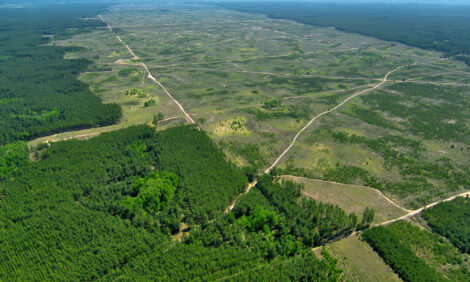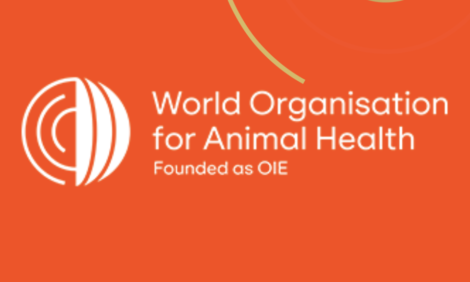



European Labs Train Up on Lumpy Skin Disease Detection
EUROPE - Training is beginning for experts from 22 countries across Europe at the UN's International Atomic Energy Agency’s laboratories, on how to quickly detect lumpy skin disease – a highly infectious cowpox virus that is spreading through herds on the continent.Traditionally common to Africa and Asia, lumpy skin disease emerged in Turkey in 2013 and has since rapidly spread through south-eastern Europe.
The disease has been detected to date in six European countries – Greece, Bulgaria, the Former Yugoslav Republic of Macedonia, Serbia, Albania and Montenegro – with new cases being reported weekly.
The highly contagious virus is transmitted through direct contact with infected animals and contaminated products, as well as through flies and ticks. The disease is characterised by extensive skin lesions, and affects milk, beef and leather production.
Since 2015, more than 600 outbreaks in Europe have been notified to the World Organisation for Animal Health (OIE), resulting in the culling of over 10,000 animals as part of containment efforts.
“Lumpy skin disease has always been considered exotic in Europe, therefore many laboratories in the region are not prepared to detect it, or to differentiate between its various strains,” said Giovanni Cattoli, head of the United Nations Food and Agriculture Organisation (FAO)/IAEA joint Animal Protection and Health Laboratory.
“The training will get laboratory staff in most affected or at-risk countries skilled in detecting lumpy skin disease quickly and accurately.”
TheCattleSite News Desk


